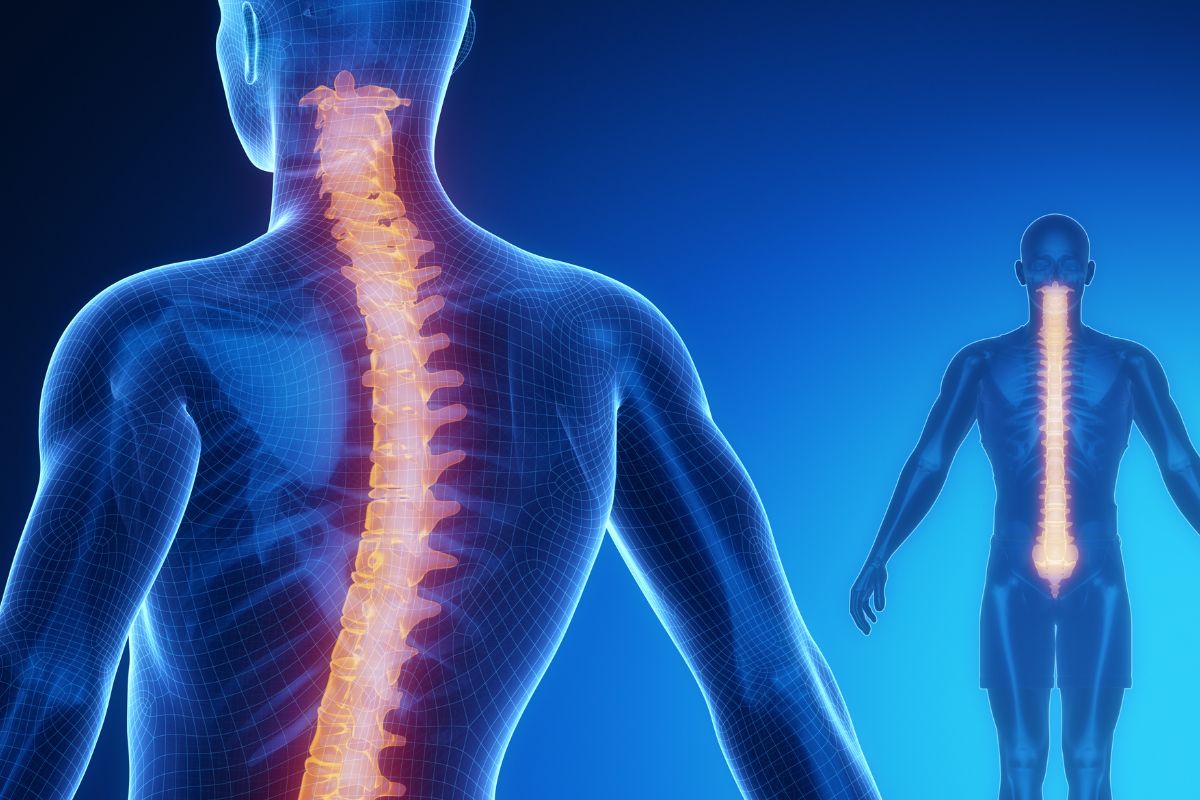The human spine is more than just a column of bones; it is a remarkable structure that embodies strength, flexibility, and resilience. Composed of 33 vertebrae, intervertebral discs, ligaments, and muscles, the spine not only supports our body but also protects the spinal cord, which transmits signals between the brain and the rest of the body.
One of the most fascinating aspects of the spine is its ability to handle load. Its unique design allows it to distribute weight evenly while maintaining balance and stability. The intervertebral discs, composed of a tough outer layer and a gel-like center, act as shock absorbers, cushioning the vertebrae during movement and heavy lifting. This design enables the spine to withstand significant forces—up to several times an individual’s body weight—without injury, provided it is well-maintained.
Unique to the human spine is its natural curvature. These curves—cervical, thoracic, and lumbar—help to absorb shock and maintain balance, adapting to various loads and movements. Each curve plays a critical role in distributing mechanical stress during activities like walking, running, and lifting.
From a chiropractic perspective, the spine is central to overall health. Chiropractors view the spine not just as a structural component, but as a vital aspect of the body’s nervous system. Misalignments, known as subluxations, can disrupt nerve function, leading to a variety of health issues. This phenomenon has profound implications for both afferent and efferent nerve signals.

Afferent Signals: Incoming Information
Afferent nerves are responsible for transmitting sensory information from the body to the brain. When the spine is in proper alignment, these signals can flow freely, providing the brain with crucial information about the body’s position, movement, and any potential pain or injury. However, when a subluxation occurs, it can disrupt these signals. This interference can lead to distorted sensory perception, affecting balance, coordination, and even pain sensitivity. For example, a misaligned vertebra might compress a nerve, leading to tingling or numbness in the limbs—an indication that the nervous system isn’t receiving accurate feedback from the body.
Efferent Signals: Outgoing Information
Efferent nerves carry signals from the brain to the muscles and organs, directing them to function properly. A subluxation can also impact this pathway, resulting in impaired motor function and decreased muscle coordination. This disruption can manifest as muscle weakness, spasms, or fatigue, making everyday tasks challenging. Furthermore, when the communication from the brain to the body is compromised, the body’s ability to heal can be significantly hindered. Regular chiropractic adjustments can help restore proper alignment, enhance mobility, and support the body’s innate ability to heal itself.
In summary, the human spine is a complex and resilient structure, essential for movement and overall well-being. Embracing chiropractic care and understanding spinal health can empower individuals to nurture their bodies, allowing for a life of vitality and freedom.

